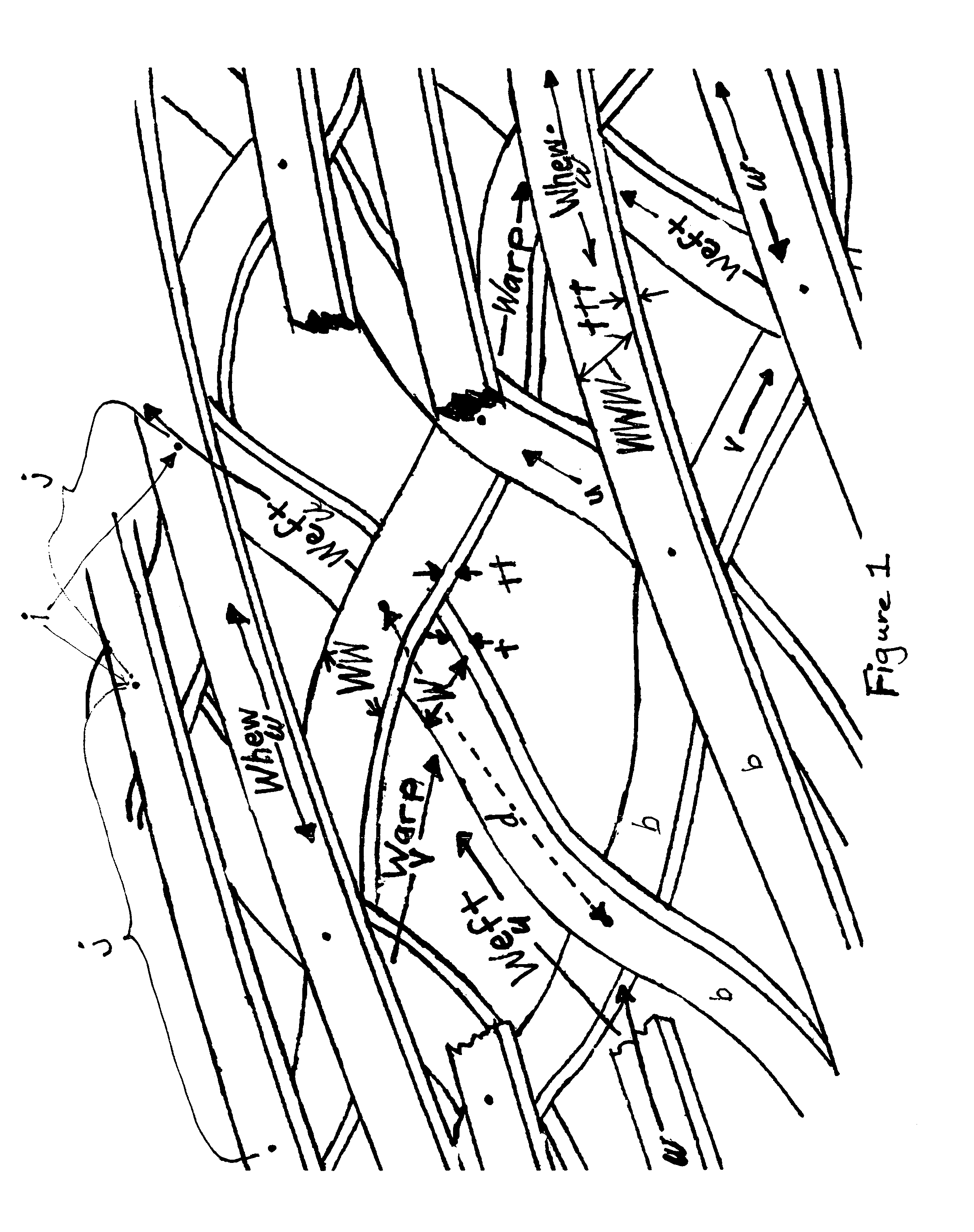Weave, a utility method for designing and fabricating 3D structural shells, solids and their assemblages, without limitations on shape, scale, strength or material
a utility method and 3d structural technology, applied in the field of weave, can solve the problems of not being able to exceed weave in its conservation of resources, not being able to meet the requirements of shape and structural strength, not being able to meet the requirements of shape and size, and not being able to meet the requirements of shape and structural strength, so as to achieve the effect of limiting the number of construction elements
- Summary
- Abstract
- Description
- Claims
- Application Information
AI Technical Summary
Benefits of technology
Problems solved by technology
Method used
Image
Examples
Embodiment Construction
[0103]Weave is a Utility method which proceeds from formal shape definitions of three-dimensional surfaces, shells and / or volumes, through computation, to an optimized and elaborated parametric mesh of that surface, and finally to the fabricated object of final use.
[0104]This mesh is in its turn ordinarily augmented to a triangulated mesh to prevent (without any constraint or assistance via fasteners other than the single-pin attachment) racking of the final object, and may also, as desired, be “spiralized” (see footnote 1 well below) to provide physical continuity of construction material (eg. just one batten strip for each Weft, Warp and Whew [and optionally more] parametric dimension, and a great reduction in butt and other splices where strips meet at their own ends).
[0105]The density and topology of the mesh is specified by Weave such that the constructed object takes on the shape and measured dimensions of the designed object without explicit registration or alignment. This au...
PUM
| Property | Measurement | Unit |
|---|---|---|
| angle | aaaaa | aaaaa |
| flexible | aaaaa | aaaaa |
| shape | aaaaa | aaaaa |
Abstract
Description
Claims
Application Information
 Login to View More
Login to View More - R&D
- Intellectual Property
- Life Sciences
- Materials
- Tech Scout
- Unparalleled Data Quality
- Higher Quality Content
- 60% Fewer Hallucinations
Browse by: Latest US Patents, China's latest patents, Technical Efficacy Thesaurus, Application Domain, Technology Topic, Popular Technical Reports.
© 2025 PatSnap. All rights reserved.Legal|Privacy policy|Modern Slavery Act Transparency Statement|Sitemap|About US| Contact US: help@patsnap.com



